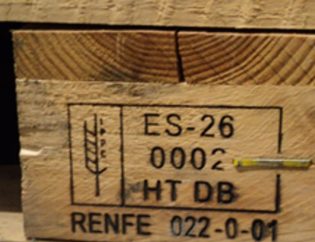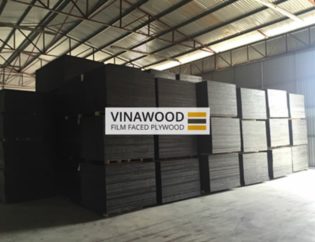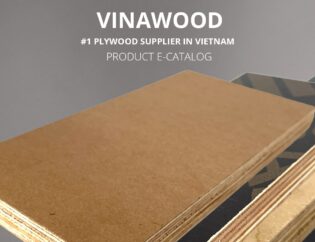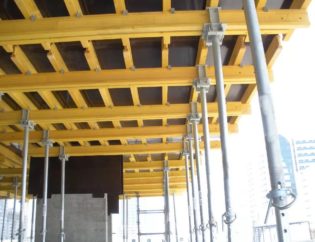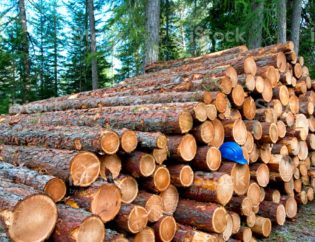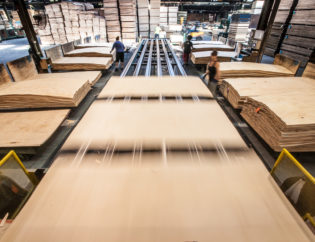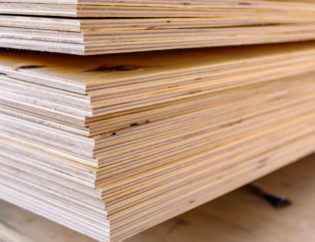
List of soon-to-be banned single use plastics includes bags, plastic cutlery, stir sticks, rings to hold cans
CBC News –
In light of the federal government’s plans to ban some single use plastics, a forest industry expert says that could mean more jobs in the industry in northern Ontario.
Doug Singbeil of FP Innovations, a non-profit research group designed to help the forest sector, says the north has a vibrant forestry sector and can make many of the items that have been banned, like straws and packaging trays for takeout food.
“These are all things that can be made from forest-base resources,” he said.
Singbeil says the transition to wood based products should be fairly easy as most of these products are already available.
“We’ve got the right kind of companies and the right kind of people developing these products and it’s only a matter of time before they become part of our everyday life.”

Morning North7:51Ban of single-use plastic could be beneficial to the forest industryCan single-use plastics be replaced with forest products? That could mean more jobs in northern Ontario. We asked a forest industry innovator for his thoughts. 7:51
For older generations, the idea of using paper bags is not new — heavy paper bags were used for groceries as a rule. Singbeil says those bags are still being made in Canada, but are not to the same strength as they used to be.
“They’ve been subject to using less material, just being thinner.”
The future for the forestry sector is more around “materials we can make from sustainable forests and turn into specialty products that have the attributes that you’re looking for,” he said.
“Part of our job is to is to find ways to to break down the material and the tree and to cellulose and lining and turn those into products that we value and can use in many different applications. Certainly there’s products in the market today as replacements for Styrofoam trays or the plastic trays that people use for takeout food, or even for things like meat and grocery stores. So the transition for for consumers is going to be pretty easy.”
And many of these products will be compostable.
“So instead of just sitting out in the park or on the ground, they will actually decompose. And these are materials that the industry is working on making today that can be made from waste that comes from pulp and paper mills, or from [wood] chips or derivatives of chips.”
The type of tree used is less important than the process that’s used to turn it into a different kind of product, Singbeil added.
“I think the market for what we call bio-source chemicals and materials is a significant one,” he says.
“We’re making already in Canada a wide range of advanced materials. Things like cellulose nanocrystals, cellulose filaments. These are components of the wood that we’ve been able to extract. And they provide all sorts of unique attributes in terms of strength and versatility to be added to all kinds of products — not just not just to replace the single use plastic materials that are being done in Canada today, but to go into a whole variety of consumer materials, things that we use in our everyday life.”
Including car products. Singbeil says reinforced wood composites are already used as interior panels in cars today.
- Canada’s single-use plastics ban ‘long overdue’ but more is needed to keep oceans clean, expert says
“There is work going on around the world to look at how you can use that kind of material for the outside skin of the car as well,” he said.
“Pretty much any structural component that you can think of can be made from these materials. And they provide advantages in terms of being lighter. So they basically reduce the greenhouse gas emissions of moving the vehicle.”
These materials are going to be made in Canada, particularly in regions where the forest industry is strong, Singbeil said.
“And the main reason for this is that it’s expensive to move either chips or trees long distances. So to get the right kind of materials into the consumers in the cities, you’re going to have to make these materials on site or close to the site to be economic.”
Pulp and paper mills are already in northern Ontario locations, like Thunder Bay, Dryden, and Espanola, he notes.
“And you’ve got also a solid wood industry that basically feeds into this whole bio-economy as well. You can integrate wood products as replacements for concrete using what we call cross-laminated timber, CLT, as a building material for for taller buildings,” Singbeil said.
“We’re now making buildings as high as 15- to 20 storeys, mostly out of wood. And the interesting piece of doing all this is not just sustaining the forest sector in Canada, but it’s also sequestering the carbon for long periods of time.”
Vietnam Film Faced Plywood
Vietnam Plywood
Thank you for your time!


